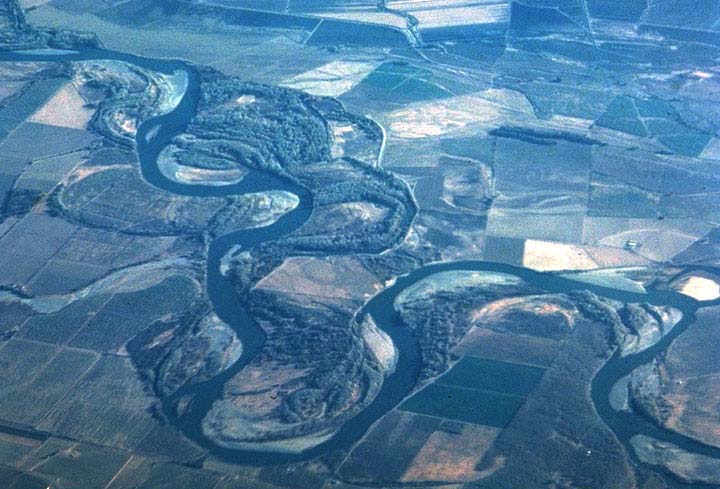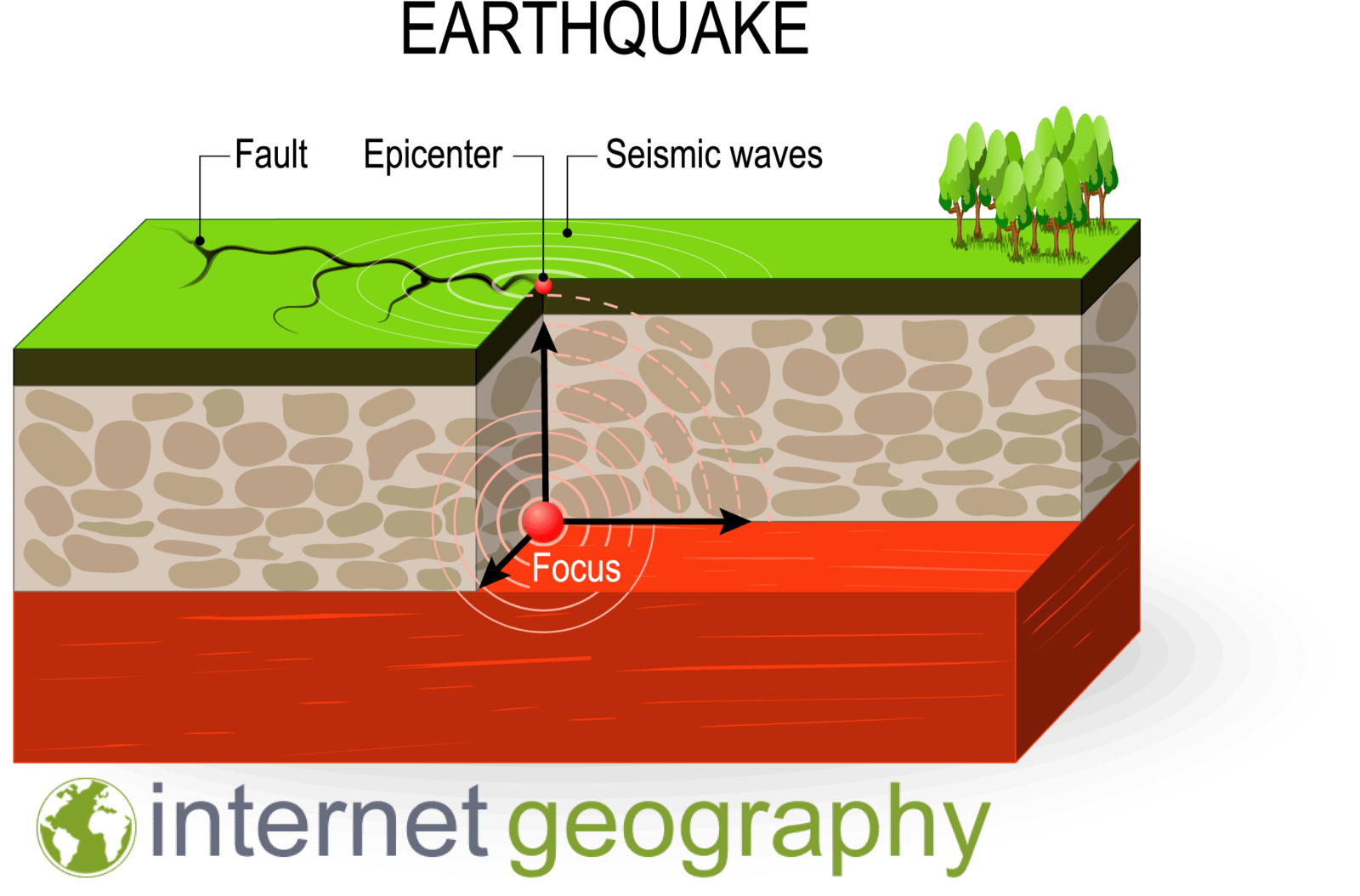A sinkhole is an area of ground that has no natural external surface drainage. So, when it rains the water stays inside the sinkhole and typically drains into subsurface. Sinkholes can vary greatly in size. They can vary in size from a few feet to hundreds of acres and from less than 1 to more than 100 feet deep. Usually sinkholes from so slowly than little change is noticeable. Sometimes though they can form suddenly when a collapse can occur. These collapses can have dramatic effect if it occurs in an urban setting. Sinkholes are common where the rock below the land surface is limestone, carbonate rock, salt beds, or rocks that can naturally be dissolved by groundwater circulating through them. Sinkholes can seem so dramatic because the land usually stays intact while the underground spaces just get too big. Sometimes if there is not enough support for the land above the spaces, then a sudden collapse of the land surface can occur. Sinkholes can be human induced by groundwater pumping. They can also be caused from construction and development practices. Sinkholes can also form when natural water-drainage patters are changed and new water-diversion systems are developed. Some sinkholes form where the land surface is changed, such as when industrial and run0off storage ponds are created. The substantial weight of the new material can trigger an underground collapse of supporting material, which will eventually cause a sinkhole. Groundwater pumping for urban water supply and for irrigation can produce new sinkholes in sinkhole-prone areas. If pumping results in a lowering of groundwater levels, then underground structural failure can happens which then produces sinkholes. An example of this is when we do underground plumping. Many sinkholes can happen in people’s backyards or even in the middle of city streets.







